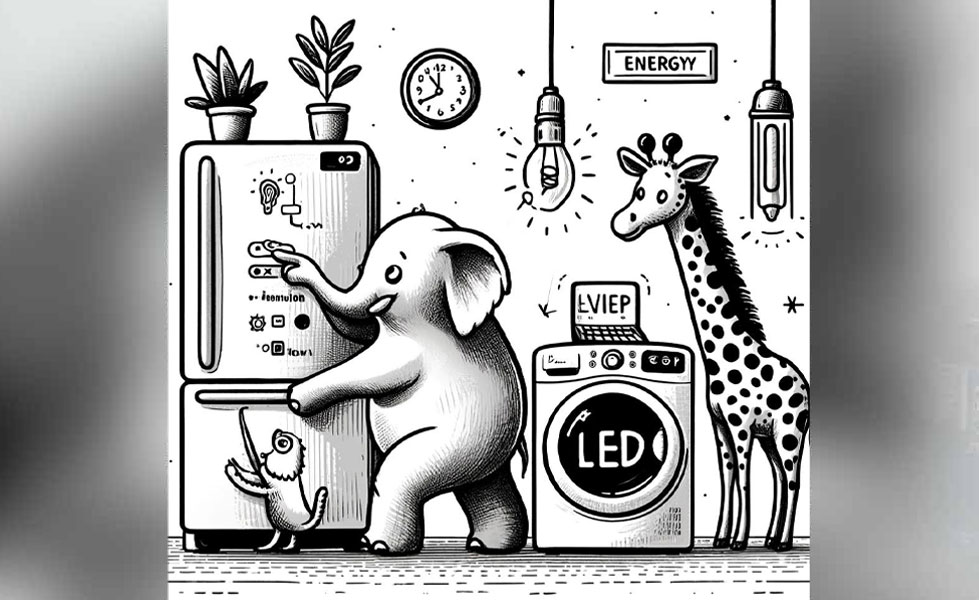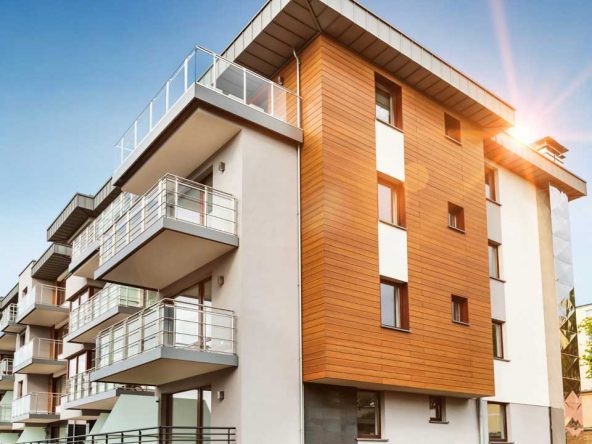In the pursuit of sustainability and cost efficiency, more Kenyan households are turning towards energy-efficient appliances. These devices are not only beneficial for reducing utility bills but also play a crucial role in mitigating environmental impact. This newsletter delves into what energy-efficient appliances are, how they function, their uses, the governing regulations, their benefits, challenges, and ways to overcome these hurdles.
Understanding Energy-Efficient Appliances
Energy-efficient appliances are designed to use less electricity or fuel compared to their traditional counterparts without compromising on performance. These can range from large appliances like refrigerators, washing machines, and air conditioners to smaller items like LED bulbs and energy-efficient water heaters. The core of these appliances lies in their ability to operate under lower energy inputs while maintaining or improving output efficiency.
How Energy-Efficient Appliances Work
Energy-efficient appliances utilise state-of-the-art technologies that significantly reduce energy consumption while maintaining optimal performance. For instance, energy-efficient refrigerators often incorporate advanced insulation techniques that minimise thermal exchange, keeping the internal temperature stable without requiring constant cooling efforts. These refrigerators may also be equipped with inverter compressors that adjust their speed based on the cooling demand, which is far more efficient than traditional fixed-speed compressors.
Energy-efficient washing machines use adaptive wash technology, which senses the size and soil level of the laundry load and adjusts the water and energy usage accordingly. They also feature high-speed spin cycles that extract more water from clothes, reducing the time and energy required for drying. Moreover, many modern machines include a ‘cold wash’ option that achieves excellent cleaning results without the need for heating water, cutting down energy use dramatically.
Usage and Practical Applications
Energy-efficient appliances serve the same basic functions as their standard counterparts but do so more efficiently. For example, LED lighting is used for both residential and commercial lighting due to its lower energy consumption and longer lifespan compared to incandescent and fluorescent bulbs. In the kitchen, energy-efficient appliances like convection ovens use fans to continuously circulate air, speeding up cooking processes and reducing energy usage.
Governing Bodies and Legislation
In Kenya, the promotion and regulation of energy-efficient appliances are primarily overseen by the Kenya Bureau of Standards (KEBS). KEBS provides an energy rating label system that helps consumers identify and choose appliances based on their energy efficiency, with ratings ranging from “A” (most efficient) to “G” (least efficient). Additionally, there are incentives and programs aimed at encouraging the adoption of energy-efficient technologies, including tax breaks and subsidies for both manufacturers and consumers.
Advantages of Energy-Efficient Appliances
The primary benefit of using these appliances is the significant reduction in energy bills. This is particularly impactful in a country where electricity costs can be high. Environmentally, they help reduce the household carbon footprint by minimizing energy consumption and consequently, greenhouse gas emissions. Technologically, these appliances often feature the latest innovations to enhance their efficiency and functionality.
Challenges and Solutions
Despite their benefits, energy-efficient appliances come with their set of challenges. The most significant is the higher initial cost. Although these costs are usually recouped over time through energy savings, the upfront expense can be a barrier. Another challenge is the availability of models and spare parts, as well as the need for specialised maintenance.
Solutions to these challenges include:
- Educational Programs: Raising awareness about the long-term savings and environmental benefits of energy-efficient appliances can encourage more consumers to make the switch.
- Government Incentives: Subsidies, reduced taxes, or flexible payment options can help lower the financial burden of acquiring these appliances.
- Training for Technicians: Enhancing the skills and knowledge of service technicians can make maintenance more accessible and affordable.
Conclusion
The transition to energy-efficient appliances represents a crucial step towards sustainable living in Kenya. While there are challenges to overcome, the long-term benefits of reduced energy costs and environmental impact are undeniable. By understanding what these appliances are, how they work, and how to effectively use and maintain them, households can significantly benefit. With the right support from government bodies and a shift in consumer perceptions, the widespread adoption of energy-efficient appliances can become a reality, propelling Kenya towards a greener and more economically sustainable future.
Disclaimer:
Please note that the information provided in this article is for general informational purposes only and should not be construed as legal advice. It is always advisable to consult with a qualified legal professional to discuss your specific circumstances and obtain tailored legal counsel.





